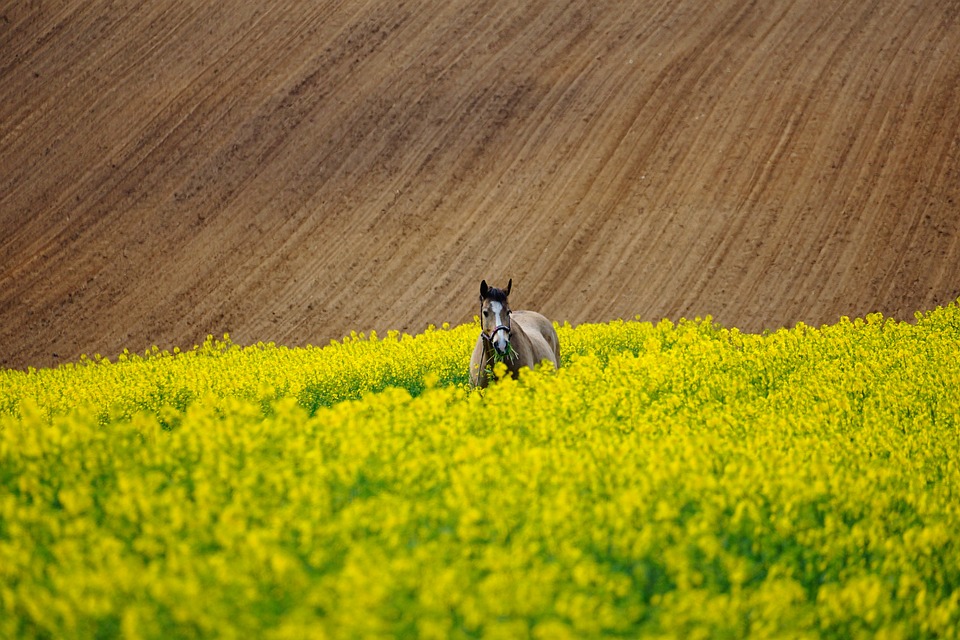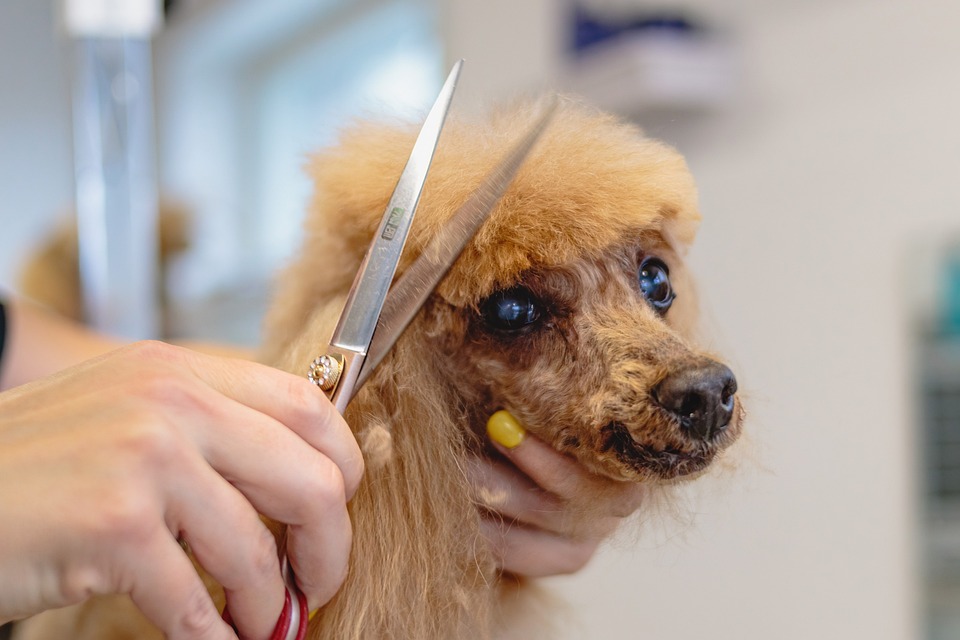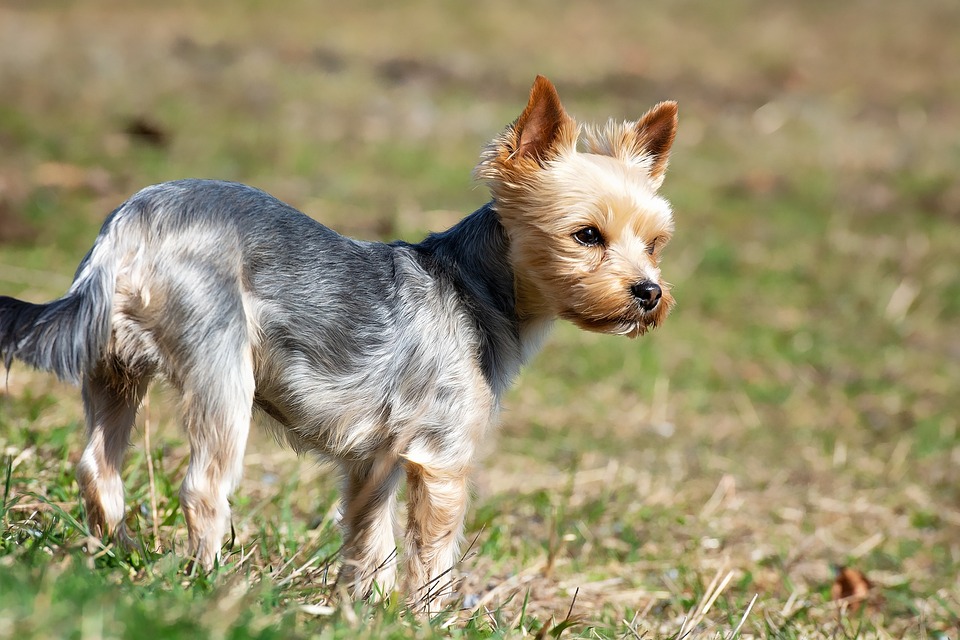Teaching a horse to dance may sound like a whimsical idea, but it is actually a fascinating and rewarding process that requires patience, skill, and dedication. In recent years, the art of teaching horses to perform intricate dance routines has gained popularity, with many trainers and enthusiasts exploring this unique form of equine expression. In this article, we will delve into the world of teaching horses to dance, exploring the techniques, training methods, and benefits of this captivating endeavor.
The first step in teaching a horse to dance is to establish a strong bond and trust between the horse and the trainer. Building a positive relationship based on mutual respect and understanding is crucial for successful training. Horses are highly intelligent and sensitive animals, and they respond best to trainers who are patient, calm, and consistent in their approach. By spending time with the horse, getting to know its personality, and earning its trust, the trainer can create a solid foundation for the dance training to come.
Once a strong bond has been established, the trainer can begin introducing the horse to basic dance movements. This process involves teaching the horse to respond to cues, such as verbal commands, hand signals, and body language. Through repetition and positive reinforcement, the horse learns to associate specific cues with certain movements, gradually building up a repertoire of dance steps. It is important for the trainer to be clear and consistent in their cues, as horses are highly attuned to subtle signals and can easily become confused if the cues are inconsistent.
As the horse becomes more comfortable with the basic dance movements, the trainer can start to choreograph more complex routines. This may involve combining different steps, transitions, and formations to create a cohesive and visually appealing dance routine. The trainer must be creative and innovative in designing the routines, taking into account the horse’s abilities, strengths, and limitations. It is important to tailor the routines to suit the individual horse, ensuring that they are challenging yet achievable.
In addition to physical training, teaching a horse to dance also involves mental stimulation and engagement. Horses are curious and intelligent animals, and they thrive on mental challenges and enrichment. Incorporating games, puzzles, and other interactive activities into the training sessions can help keep the horse engaged and motivated. By keeping the training sessions fun and varied, the trainer can prevent boredom and burnout, ensuring that the horse remains enthusiastic and eager to learn.
One of the key benefits of teaching a horse to dance is the strong bond and connection that develops between the horse and the trainer. Dancing together requires a high level of trust, communication, and teamwork, fostering a deep sense of partnership and collaboration. The process of teaching a horse to dance can be incredibly rewarding for both the horse and the trainer, strengthening their relationship and creating lasting memories.
In conclusion, teaching a horse to dance is a challenging yet fulfilling endeavor that requires patience, skill, and dedication. By establishing a strong bond, introducing basic dance movements, choreographing complex routines, and providing mental stimulation, trainers can unlock the potential of their horses and create beautiful and captivating dance performances. Through this unique form of equine expression, trainers and horses can forge a deep connection and create unforgettable moments of harmony and grace.





